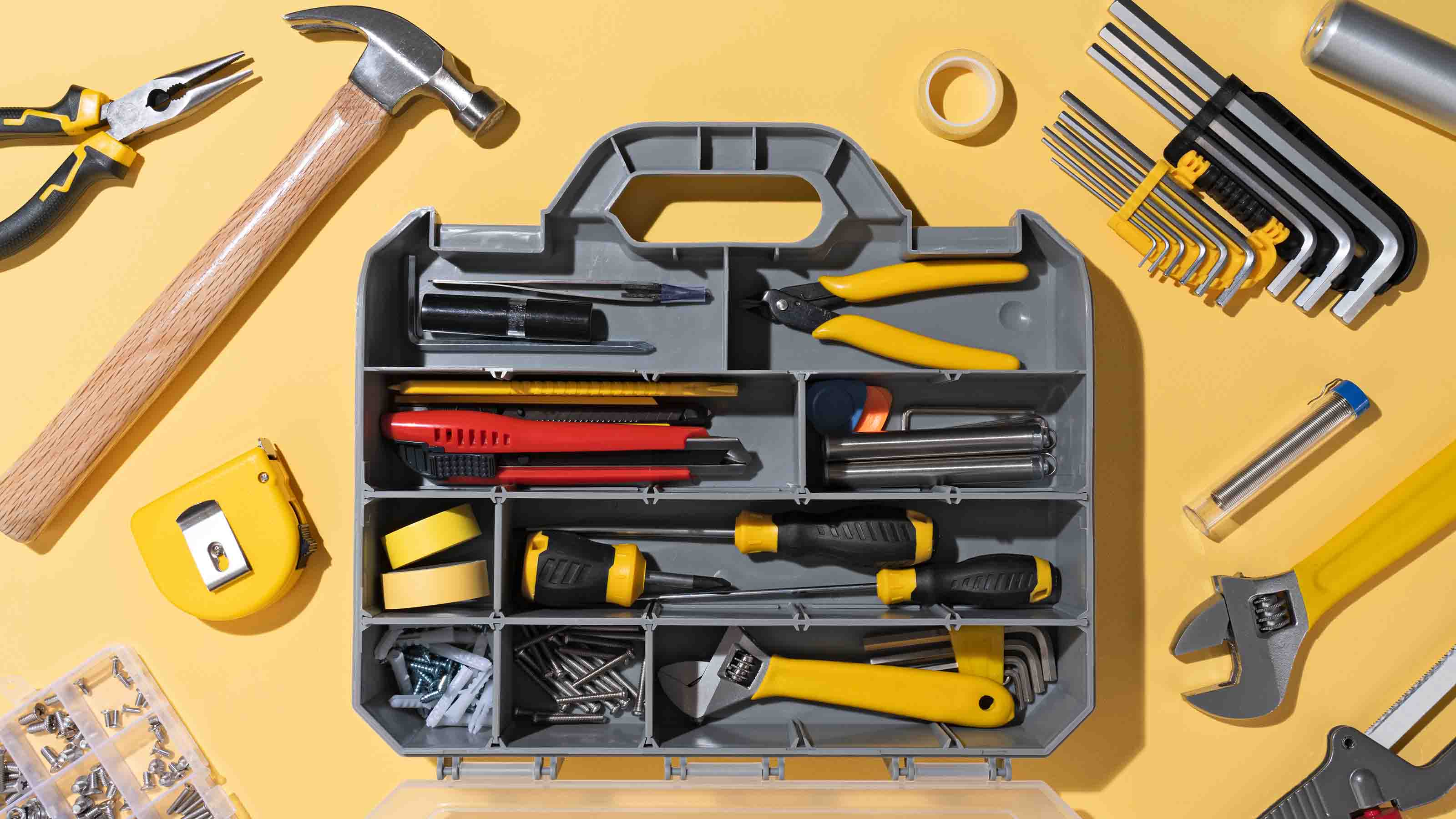8 Robots That Will Change Your Life
Scores of new robots are in the works. Many of them hold great promise of improving productivity in offices, in factories and on farms. Here are eight examples already on the market or headed to commercial production in the next few years.

Sales of industrial robots will grow from less than $1 billion this year to about $3 billion a year by 2015. Sales of domestic robots -- robotic floor cleaners and the like -- will climb to $5 billion by mid-decade, about five times the mark hit last year. The largest user of robots, however, will continue to be the military as it seeks
to have machines, rather than humans, face lethal risks.
Packing More Meat on the Wing
Not enough chicken wings to go around for lovers of buffalo wings and other aficionados? No problem, say Georgia Tech developers of a robotic process that cuts the chicken scapula bone and surrounding meat to yield more wing pieces per bird. The sensor-based boning system could spell more profits for chicken processors.
From just $107.88 $24.99 for Kiplinger Personal Finance
Become a smarter, better informed investor. Subscribe from just $107.88 $24.99, plus get up to 4 Special Issues

Sign up for Kiplinger’s Free Newsletters
Profit and prosper with the best of expert advice on investing, taxes, retirement, personal finance and more - straight to your e-mail.
Profit and prosper with the best of expert advice - straight to your e-mail.
Vision, Even in Dangerous Darkness
Emergency responders and soldiers will be better able to assess dangerous situations from afar using a new robot developed by the Missouri University of Science and Technology and the University of Missouri-Columbia.
The remote-controlled device is equipped with an infrared camera, light detection and ranging technology and can send detailed 3-D images wirelessly to a computer. The prototype will give way soon to a smaller, lighter and more flexible version.
A Robot Like Me
Making robots look more like people has long been a focus, especially in Japan’s burgeoning robot industry. At the cutting edge of this trend is Geminoid F (for female), from researchers at Osaka University. The bot can also make different facial expressions, mimic subtle human mannerisms and respond to questions. Developers envision the robots to someday work at answering questions in locations such as museums. Cost, at least initially, is $110,000 a copy.
Busy at the Lab
Toshiba is working on improving quality control and efficiency in the pharmaceutical industry with robots that can proofread labels, lift heavy items and perform other tasks. Three of its models, including this TH250, can enter clean rooms without having to stop and don protective gear needed by humans.
Beefing Up, Mechanically
A number of researchers are working on robotic innovations that can help the infirm, elderly and others increase arm and leg strength. One such device is the robot suit HAL (hybrid assistive limb) being tested on the streets of Tokyo.
A team at Tokyo University is also working on the Power Assist Suit, a full-body device that helps people lift heavy objects with much less physical exertion, decreasing the possibility of back and other injuries.
Doing the Drudge Work
Robotic couriers have been schlepping parts, books and whatnot around factory floors, hospitals and other places for years — usually following guides embedded in the floor.
New robots like the SpeciMinder, developed by Swisslog Healthcare Solutions and CCS Robotics, go farther by navigating congested hallways and doors autonomously. They’ll even ask for help with a voice signal if something is blocking their path.
Folding Towels
Hotels, restaurants, and kids just plain tired of having to help mom or dad fold towels may someday find a dexterous bot handy to have around. Remember the Jetsons' "Alice?"?
Researchers at UC Berkeley taught the robot to identify nonrigid items such as towels and conform them into predictable and known shapes.
Yes, Nurse, Right Behind You
The MT490 -- a mobile workstation -- was designed to follow and assist workers primarily in the health care sector. It can carry up to 50 lbs. in weight, take inventory, access data and check for hazards in patient areas.
The just-released MT490, from MobileRobots, can be called from a smart phone, follow a worker or be sent on a task from its touch screen.
Profit and prosper with the best of Kiplinger's advice on investing, taxes, retirement, personal finance and much more. Delivered daily. Enter your email in the box and click Sign Me Up.

-
 Is Home Insurance Tax Deductible?
Is Home Insurance Tax Deductible?With home insurance rates on the rise, you might be hoping to at least claim the cost as a tax deduction. Here's what you need to know ahead of tax season.
-
 The December Jobs Report Is Out. Here's What It Means for the Next Fed Meeting
The December Jobs Report Is Out. Here's What It Means for the Next Fed MeetingThe December jobs report signaled a sluggish labor market, but it's not weak enough for the Fed to cut rates later this month.
-
 Trump Signals Plan to Ban Institutional Investors From Buying Single-Family Homes
Trump Signals Plan to Ban Institutional Investors From Buying Single-Family HomesThe president says the move could improve housing affordability. Here’s what the data shows about investor ownership, recent buying trends and what it could mean for homebuyers.
-
 AI Appliances Aren’t Exciting Buyers…Yet
AI Appliances Aren’t Exciting Buyers…YetThe Kiplinger Letter Artificial intelligence is being embedded into all sorts of appliances. Now sellers need to get customers to care about AI-powered laundry.
-
 Banks Are Sounding the Alarm About Stablecoins
Banks Are Sounding the Alarm About StablecoinsThe Kiplinger Letter The banking industry says stablecoins could have a negative impact on lending.
-
 When Tech is Too Much
When Tech is Too MuchOur Kiplinger Retirement Report editor, David Crook, sounds off on the everyday annoyances of technology.
-
 Big Changes Are Ahead for Higher Ed
Big Changes Are Ahead for Higher EdThe Kiplinger Letter A major reform of higher ed is underway. Colleges are bracing for abrupt change, financial headwinds and uncertainty.
-
 I Let AI Read Privacy Policies for Me. Here's What I Learned
I Let AI Read Privacy Policies for Me. Here's What I LearnedA reporter uses AI to review privacy policies, in an effort to better protect herself from fraud and scams.
-
 What New Tariffs Mean for Car Shoppers
What New Tariffs Mean for Car ShoppersThe Kiplinger Letter Car deals are growing scarcer. Meanwhile, tax credits for EVs are on the way out, but tax breaks for car loans are coming.
-
 AI’s Rapid Rise Sparks New Cyber Threats
AI’s Rapid Rise Sparks New Cyber ThreatsThe Kiplinger Letter Cybersecurity professionals are racing to ward off AI threats while also using AI tools to shore up defenses.
-
 Blue Collar Workers Add AI to Their Toolboxes
Blue Collar Workers Add AI to Their ToolboxesThe Kiplinger Letter AI can’t fix a leak or install lighting, but more and more tradespeople are adopting artificial intelligence for back-office work and other tasks.